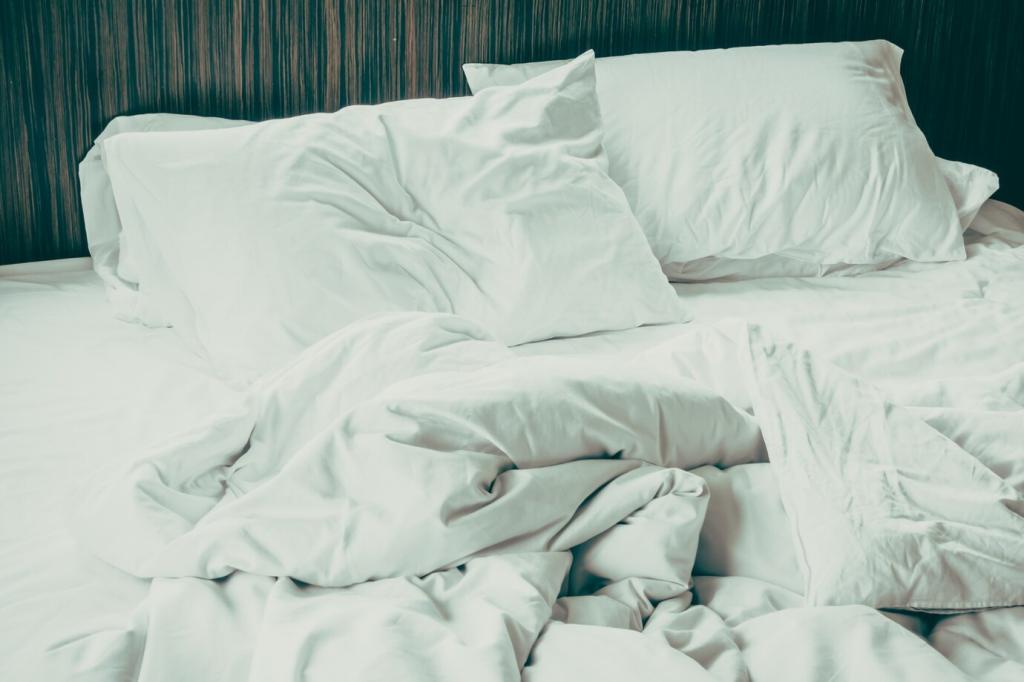
Mulberry vs. Tussah Silk: Which is Better?
Today’s chosen theme explores mulberry and tussah silk side by side—origins, texture, performance, sustainability, and real-life stories—to help you decide what truly fits your life. Share your experiences in the comments and subscribe for future deep dives into thoughtful fabric choices.
Where These Silks Begin: Origins, Methods, and Meaning
Mulberry: the cultivated classic
Mulberry silk comes from Bombyx mori, silkworms raised on a steady diet of mulberry leaves in carefully managed sericulture. This controlled environment produces long, continuous filaments, bright white cocoons, and exceptionally uniform yarns that spin into fabric with radiant luster. If this journey resonates, tell us what matters most to you: consistency, shine, or comfort.
Tussah: the wild storyteller
Tussah silk is harvested from wild Antheraea species feeding on oak, sal, and other forest leaves, resulting in naturally honeyed, warm tones. Its fibers are typically coarser and more irregular, giving the fabric slubs, character, and a gently matte glow. A weaver in Bhagalpur once described it as “cloth with a forest heartbeat,” a phrase that perfectly captures its romance.
Traceability and labels to know
Look for credible signals such as OEKO-TEX Standard 100 for harmful-substance testing and clear supplier traceability on origin and dye processes. Some tussah products are collected after moth emergence, but not all—confirm claims rather than assuming. If you have trusted certifications or sources, share them below so others can shop responsibly too.
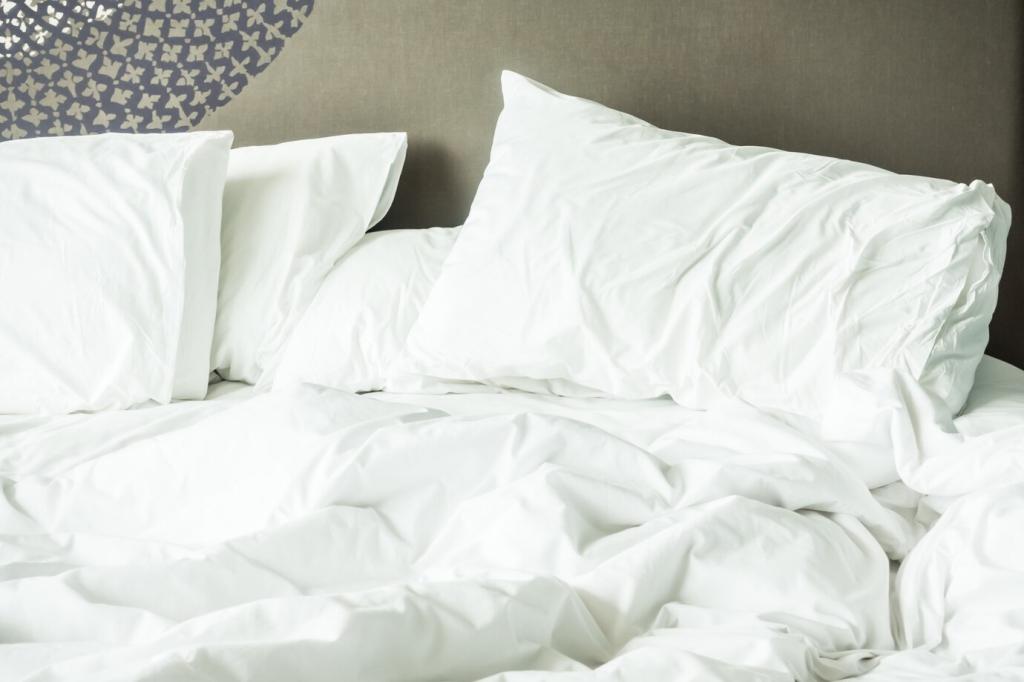
Mulberry silk is renowned for a uniform, glassy luster that reflects light smoothly across the surface, almost like still water. Tussah’s beauty is moodier, with a soft, diffused sheen punctuated by slubs that catch light in textured ways. Which visual personality sings to you—mirror-bright or earthy and nuanced?
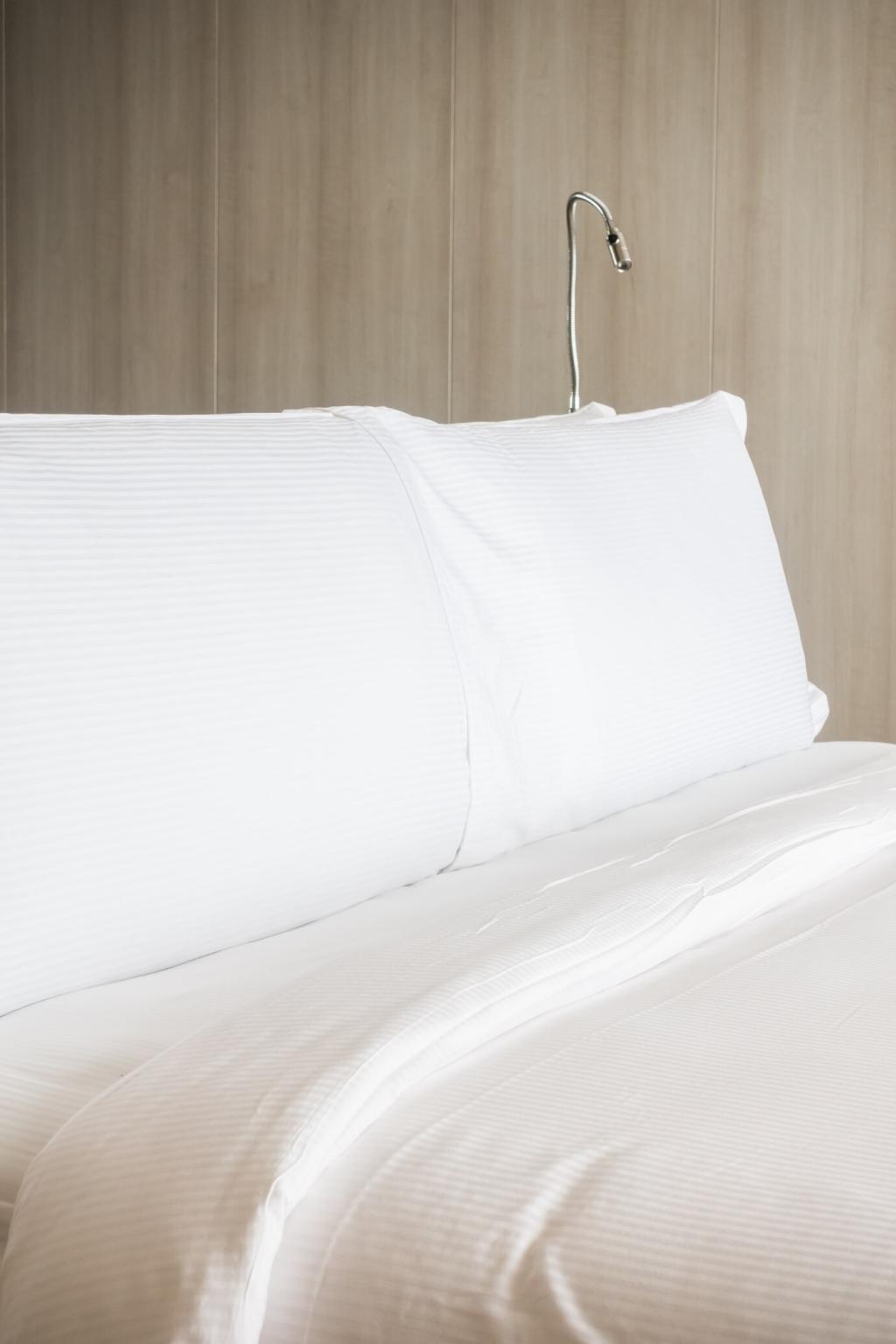
Mulberry tends to glide and pool with liquid ease, ideal for charmeuse blouses, bias-cut dresses, and pillowcases that whisper against skin. Tussah offers more body and structure, creating elegant silhouettes for jackets, skirts, and home textiles that benefit from presence. Think fluid romance versus tailored poetry when choosing your fabric.
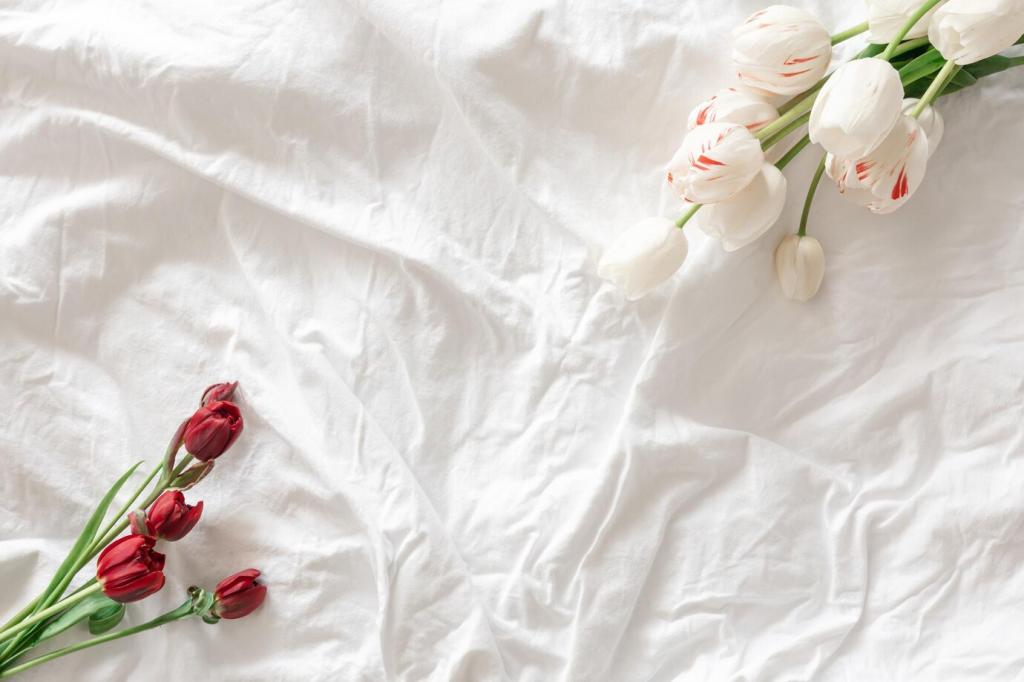
Mulberry’s naturally white base welcomes vivid dyes, crisp pastels, and high-contrast prints with clarity. Tussah’s honeyed undertone warms colors into sophisticated, earthy shades, lending depth even to simple palettes. If you love natural, undyed minimalism, tussah’s golden glow often looks beautifully finished with no dye at all.
Performance in Real Life: Strength, Breathability, and Care
Fiber strength and wear
Mulberry’s continuous filaments typically offer excellent tensile strength and a smooth yarn with fewer joins, which helps limit pilling and snag points. Tussah’s thicker, less uniform fibers can excel in textured weaves that conceal everyday scuffs and add durability through character. Choose the construction that matches your lifestyle rather than chasing a single “strongest” label.
Comfort across seasons
Both silks breathe, manage moisture, and regulate temperature, keeping you comfortable from summer evenings to heated offices. Mulberry glides cool against skin, while tussah’s slubs create tiny air pockets that can feel subtly airy. On a humid train ride last July, a mulberry scarf kept my neck dry and calm—proof that small accessories can make a big difference.
Care that preserves beauty
Hand wash in cool water with a pH-neutral detergent, avoid twisting, and press with a cloth on low heat. Dry away from direct sun to protect color and fiber integrity. Tussah’s texture can disguise minor wrinkles, while mulberry’s sleekness spotlights them—press lightly and subscribe for our detailed care checklist in future posts.
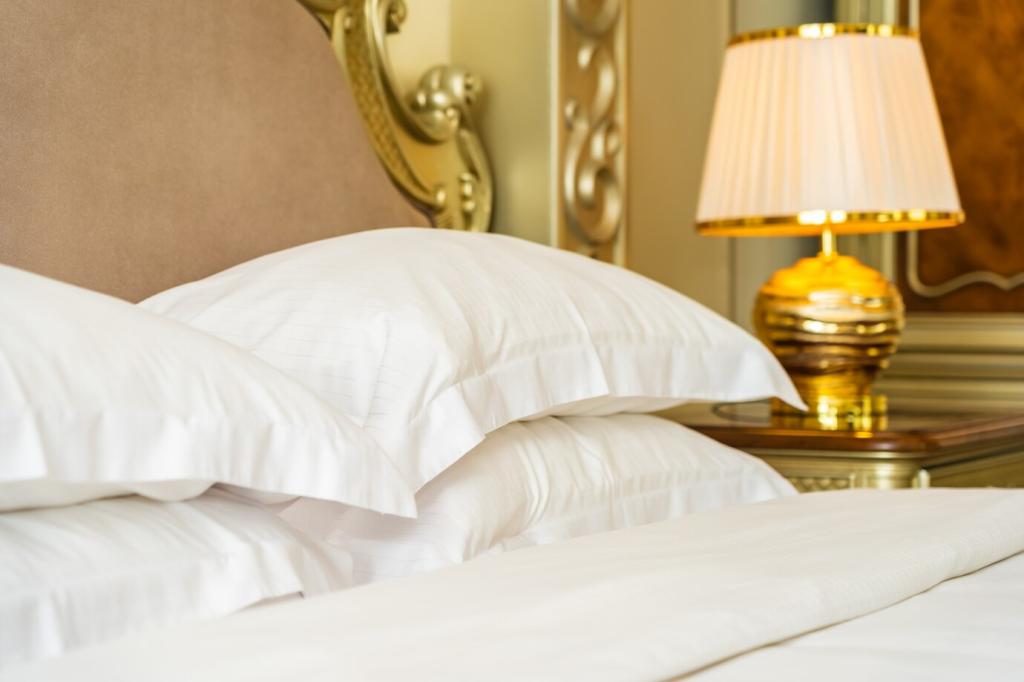
Farming and inputs
Mulberry sericulture relies on mulberry leaf cultivation, water, and careful pest management; responsible farms reduce chemical inputs through integrated practices. The upside is efficient filament yield and consistent quality that can minimize waste downstream. Ask brands about farming partners, dye houses, and finishing chemistry to see the whole picture.
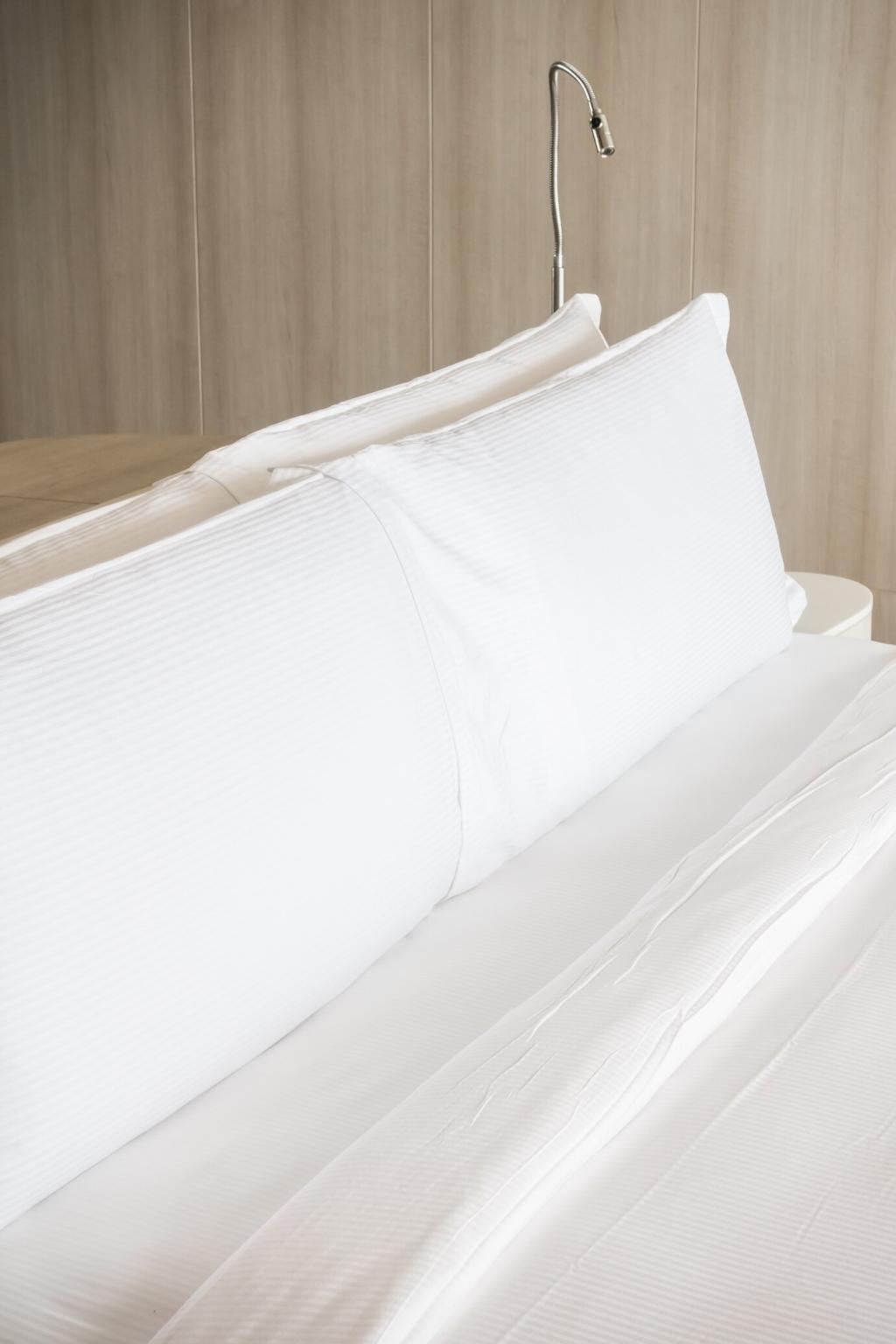
Wild harvesting and ‘peace’ approaches
Some tussah is collected after moth emergence, often marketed as peace or ahimsa silk, which can yield shorter fibers suited to spun yarns. Not all tussah follows this practice, so verify claims by reading product notes and asking direct questions. Community-led harvesting programs can strengthen local livelihoods and protect forests when done ethically.
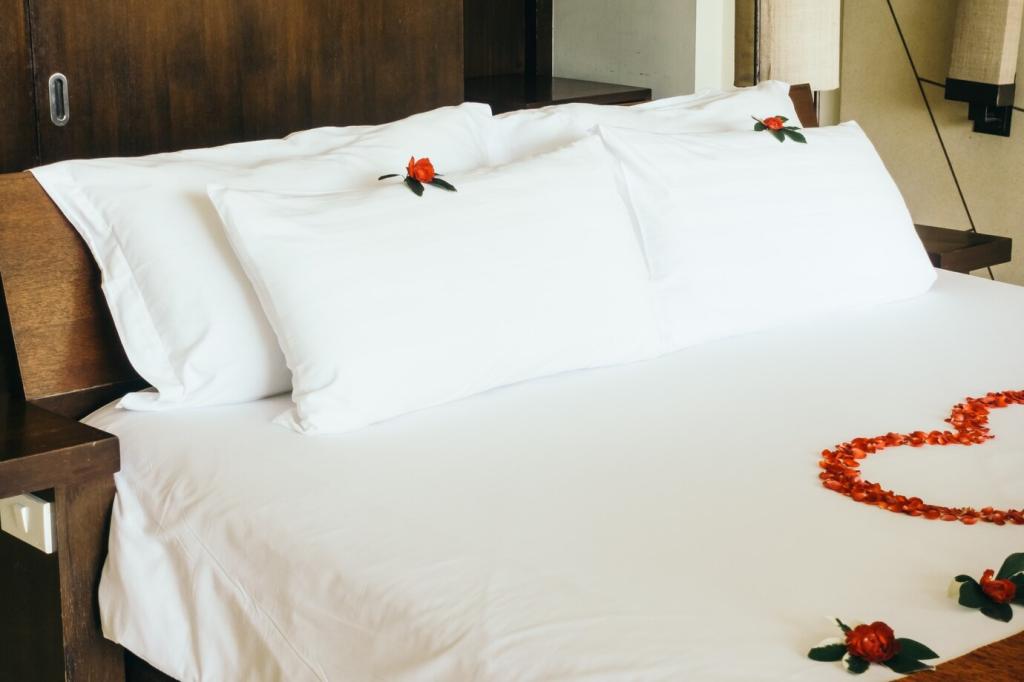
Longevity as sustainability
Durability and repairability are powerful climate choices: reinforce seams, rotate wear, and re-dye fading garments. Heavier momme for high-wear mulberry pillowcases or sturdier tussah weaves for jackets extend lifespan. A reader, Maya, shared how she re-lined a beloved tussah blazer—five more years of compliments and zero buyer’s remorse. What’s your longevity win?
What to Choose: Use Cases and Buying Tips
Everyday luxury picks
Mulberry shines for pillowcases, scrunchies, and blouses where low friction and smoothness matter for skin and hair. Many readers report fewer pillow-crease lines and calmer curls after switching. If everyday comfort is your goal, mulberry’s consistent hand and soft glide make a persuasive case.
Textured craft and statement pieces
Tussah is a favorite for jackets, skirts, handwoven runners, and embroidery that gains character from slubs. Those irregularities hide small stitching wobbles and add artisanal depth to simple shapes. If your style leans tactile and grounded, tussah can be your signature fabric for confident, statement-making projects.
Smart shopping checklist
Compare momme weight to match use, review weave names (charmeuse, satin, and habotai for mulberry; noil and raw tussah for texture), and request swatches. Check return policies, ask about dye and finishing, and test drape under natural light. Subscribe for a printable checklist and tell us which criteria you rank highest.
Price, Value, and Persistent Myths
Price vs. cost per wear
Mulberry often carries a premium for its uniform filaments and brilliance, while tussah is frequently more accessible. The best value comes from matching fabric to use: a mulberry pillowcase used nightly can out-value a cheaper option you abandon. Think in years, not months, and the math becomes reassuring.
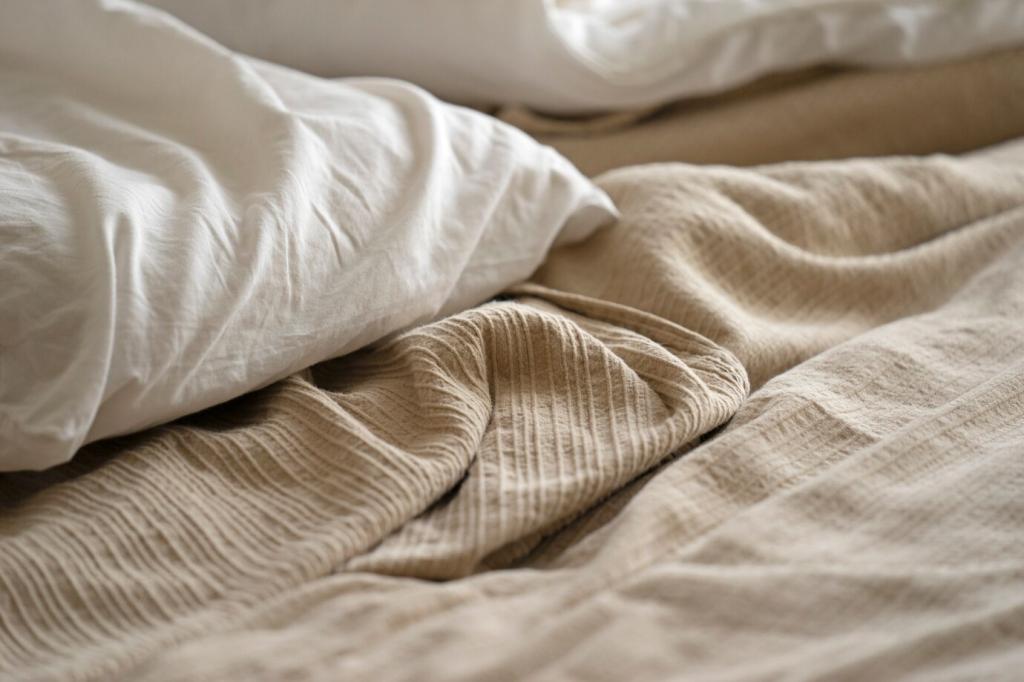
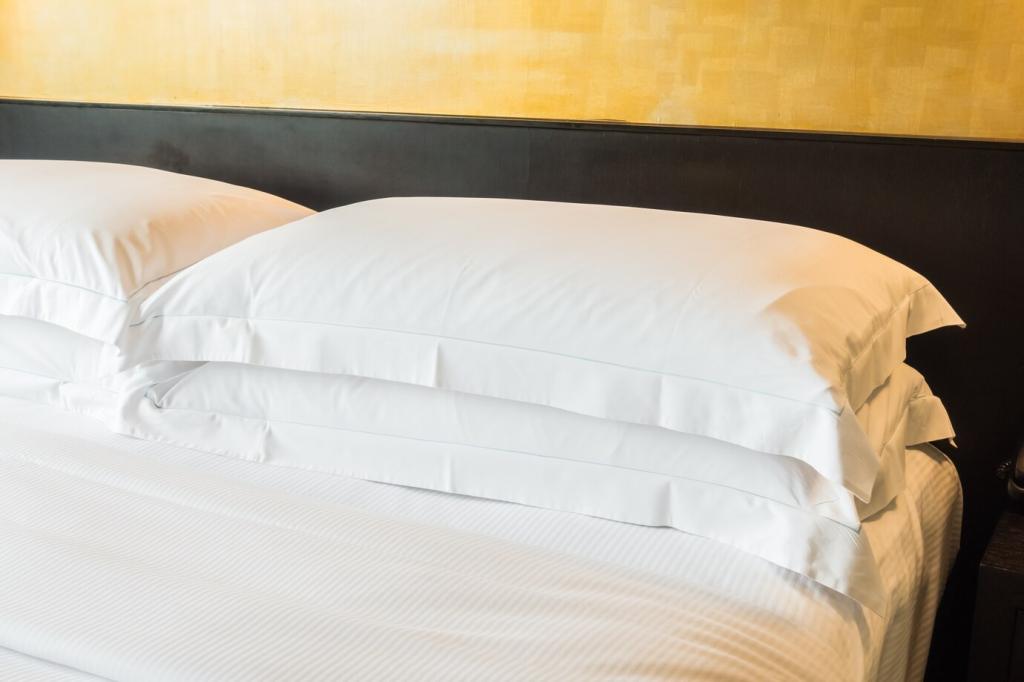
Three myths to retire
Myth one: “Mulberry is too delicate for daily use.” Good construction and care make it wonderfully durable. Myth two: “Tussah is automatically cruelty-free.” Practices vary—verify. Myth three: “Silk must be dry-cleaned.” Many pieces hand wash beautifully with cool water and gentle detergent. Nuance saves money and stress.
